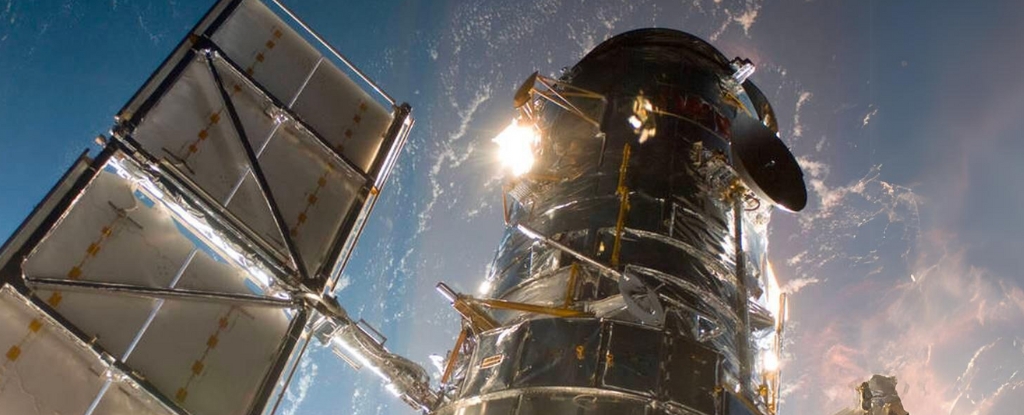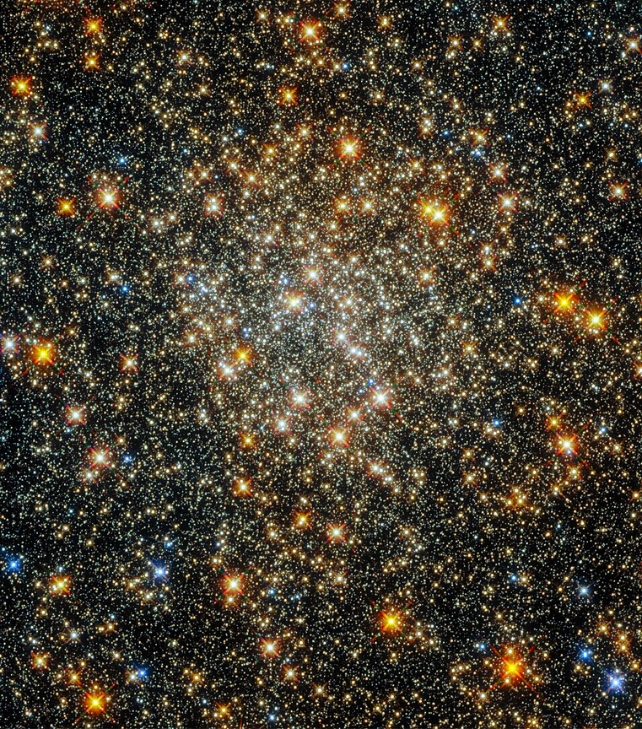
Following a brief hiatus, NASA has officially announced the reactivation of the Hubble Space Telescope. Technical issues with one of its gyros prompted the telescope to enter safe mode on November 19th.
The problem has since been successfully addressed, bringing the world’s most prolific space telescope back online.
The telescope autonomously initiated safe mode after a gyro failure on the 19th, with engineers resolving the issue the next day. Unfortunately, the gyro issue recurred, leading to another suspension of science operations on the 21st.
Despite challenges, the team managed to recover the telescope once again, only for it to enter safe mode on November 23rd. Science operations remained on hold until December 8th.
Now, engineers have effectively tackled the problem, and the space telescope is back in full swing, continuing its vital science operations.
Integral to the Hubble Space Telescope’s guidance and aiming system, the gyros, alongside the Fine Guidance Sensors and Reaction Wheels, play a crucial role. Unfortunately, the Hubble’s gyros have been a source of trouble in the past, leading to science operation suspensions in 2018 due to gyro-related issues, as noted by then STScI director Ken Sembach, who remarked, “…these gyros have a mind of their own.”
Launched in 1990 with six gyros, the Hubble faced challenges, leading to their replacement in 2009 with a redesigned set. However, with three of the newer gyros now having failed, the Hubble is left with only three operational gyros.
While there are no more servicing missions planned for the Hubble, NASA anticipates the current gyros to remain functional into the 2030s. Despite periodic failures, safe modes, and science operation suspensions, the telescope persists with its mission.
Though one gyro malfunction briefly interrupted the telescope’s operations, the Hubble can function with a single gyro if necessary. This may impact its work but won’t bring it to a halt.
While the telescope is operational, it’s not yet fully functional. As of Friday, December 8th, the Wide Field Camera 3 and Advanced Camera for Surveys have resumed science observations. However, the Cosmic Origins Spectrograph and Space Telescope Imaging Spectrograph remain offline. The Hubble team aims to have them operational later in December.

Temporary suspensions of science operations had a notable impact on the Hubble Space Telescope’s schedule, affecting planned observations related to Kuiper Belt Objects, metallicity in the Andromeda Galaxy’s satellites, Type 1A supernovae, and various other research topics. With the recent resolution of the issue, there’s optimism that these crucial scientific endeavors will resume.
Having served for over 30 years, the HST stands unparalleled, playing a pivotal role in advancing astronomical and astrophysical science. Its impact has been profound, shaping the understanding of the cosmos for an entire generation and captivating billions of eyes worldwide through internet-shared images.
As the telescope approaches its final observation phase, the likelihood of more frequent issues arising is anticipated. However, the resilience demonstrated by Hubble engineers underscores that counting the telescope out is a challenge.
Access the original article for additional details.





